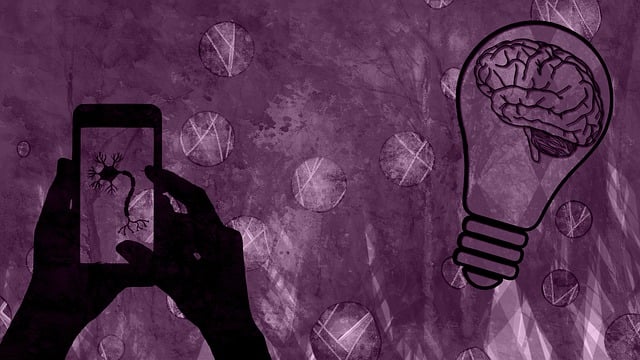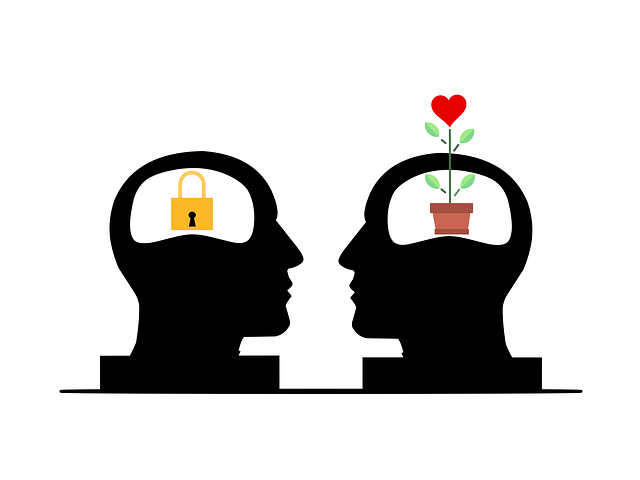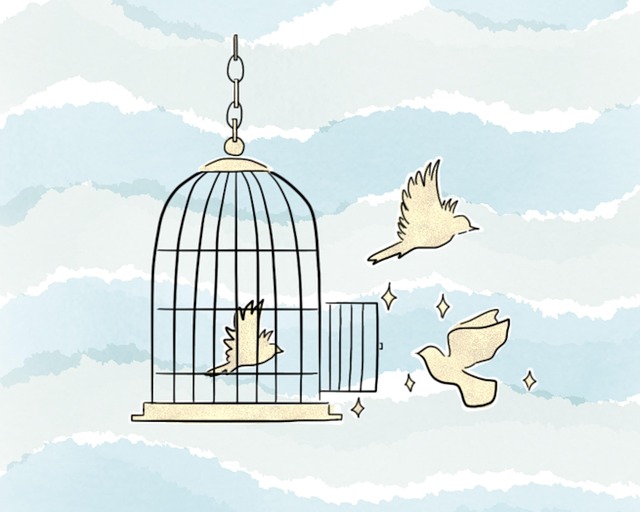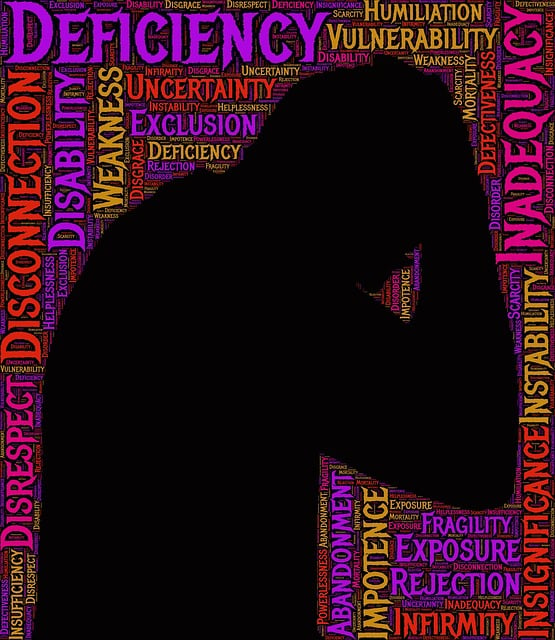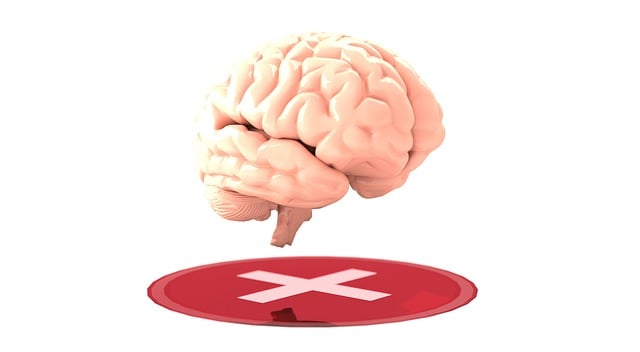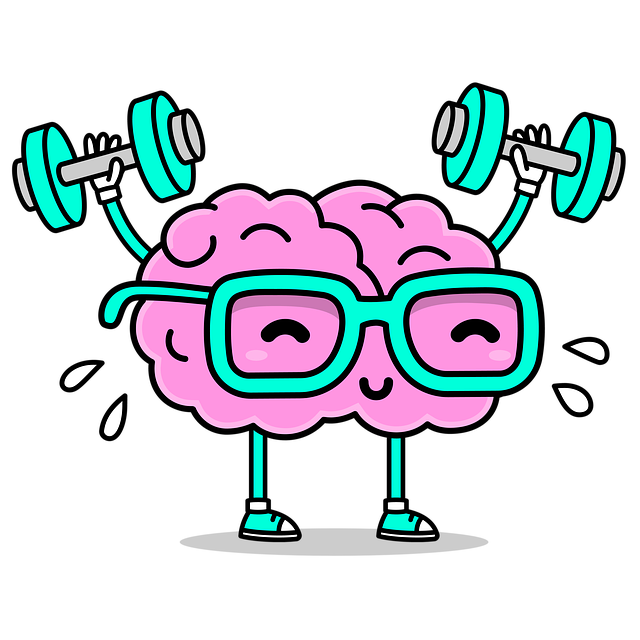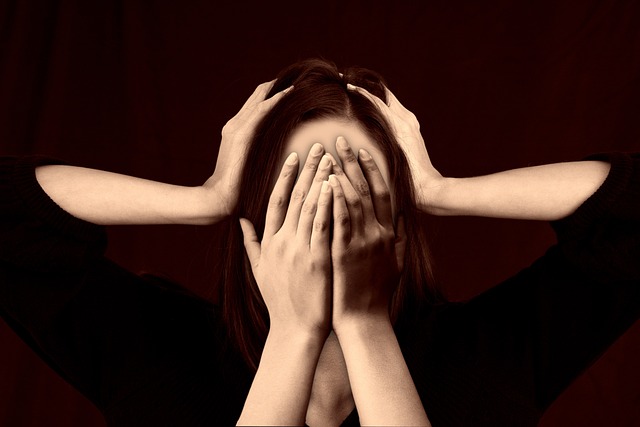Mental wellness journaling is a powerful tool for adolescents and couples in therapy. It creates a safe space for teens to express emotions, process experiences, and gain emotional intelligence, while encouraging partners in counseling to share perspectives and strengthen their bond through open dialogue. Journaling, with its focus on regular reflection, enhances mental well-being, especially during stressful times or as part of therapy sessions for adolescent mental health. Setting up a dedicated, comforting workspace fosters self-care, emotional expression without judgment, and improved communication skills, potentially enriching both individual and couples counseling.
Mental wellness journaling is an empowering tool for adolescents and couples seeking therapy. This practice allows individuals to explore emotions, improve communication, and gain deeper insights into their mental health. In this guide, we’ll walk you through setting up a therapeutic space and provide a range of exercises and prompts tailored for teens and couples in counseling. Discover how regular journaling can enhance emotional awareness and foster growth on your journey towards well-being.
- Understanding Mental Wellness Journaling for Teens and Couples
- Creating a Therapeutic Space: Setting Up Your Journaling Practice
- Exercises and Prompts to Enhance Emotional Awareness and Communication
Understanding Mental Wellness Journaling for Teens and Couples

Mental wellness journaling is a powerful tool for both adolescents and couples seeking to improve their mental health. For teens, it offers a safe space to express emotions, process experiences, and gain insights into their feelings. This practice can be particularly beneficial during times of stress or as part of therapy sessions focused on adolescent mental health. By documenting thoughts, journaling helps teens develop emotional intelligence, fostering better self-awareness and coping strategies.
In couples counseling, mental wellness journaling takes on a different dimension. It encourages partners to share their perspectives, understand each other’s experiences, and communicate more effectively. This collaborative approach enhances cultural sensitivity in mental healthcare practice by promoting open dialogue and empathy. Through regular reflection, couples can navigate challenges together, strengthen their bond, and improve overall mental well-being.
Creating a Therapeutic Space: Setting Up Your Journaling Practice

Creating a safe and therapeutic space is essential for any journaling practice, especially as a means of self-care for adolescent teens. This can be achieved by establishing a dedicated area where one feels comfortable expressing their thoughts and emotions without judgment. Consider transforming your workspace into a sanctuary—a place that reflects your personal interests or soothing aesthetics to foster a sense of calm. Soft lighting, a comfortable chair, and even a few plants or inspiring artwork can contribute to this ambiance.
When beginning your journaling journey, remember that consistency is key. Set aside dedicated time each day or week for this practice, ensuring it becomes an integral part of your routine. This consistent space and time will help build empathy within yourself, enabling better self-reflection and potentially facilitating meaningful conversations during therapy sessions, whether with a counselor or in a couples’ counseling setting. It also promotes burnout prevention by offering a healthy outlet for processing emotions and experiences, contributing to self-esteem improvement.
Exercises and Prompts to Enhance Emotional Awareness and Communication

Journaling is an incredibly powerful tool for adolescents and teens to enhance their emotional awareness and communication skills. Through expressive writing, they can explore and understand their feelings, thoughts, and experiences in a safe and private space. This process encourages self-reflection and allows them to gain valuable insights into their emotional landscape.
Prompts can guide this journey, such as “Describe a recent event that made you feel overwhelmed and how you responded,” or “What are three things I am grateful for today and why?” These prompts encourage teens to identify and label their emotions, which is the foundation of emotional intelligence. Additionally, writing about past experiences in therapy sessions, relationships, or challenging situations can facilitate better communication with others, including parents, friends, and counselors like those involved in adolescent mental health therapy or couples counseling. This practice enables them to articulate their feelings more effectively, fostering healthier connections and relationships.
Mental wellness journaling is a powerful tool for both adolescents and couples seeking therapy. By creating a therapeutic space through structured journaling practices, individuals can enhance emotional awareness, improve communication, and foster personal growth. The exercises and prompts outlined in this guide offer a starting point for exploring one’s mental landscape, promoting self-reflection, and cultivating resilience. Whether for personal exploration or within the context of counseling sessions, integrating mental wellness journaling into daily routines can be transformative, providing valuable insights and contributing to overall well-being.


